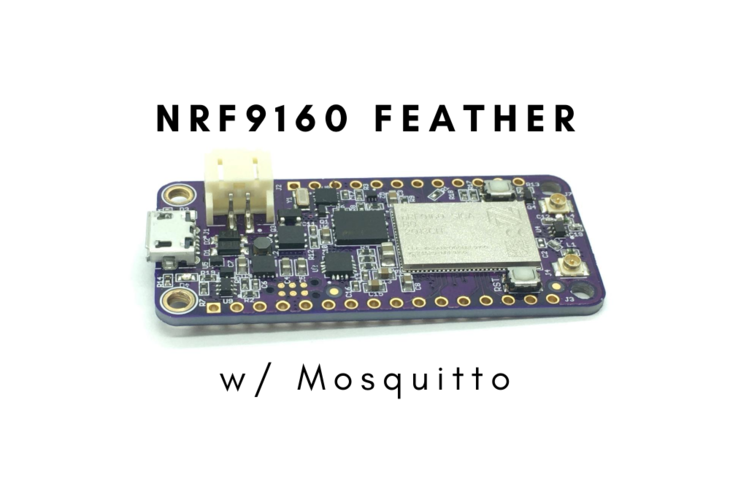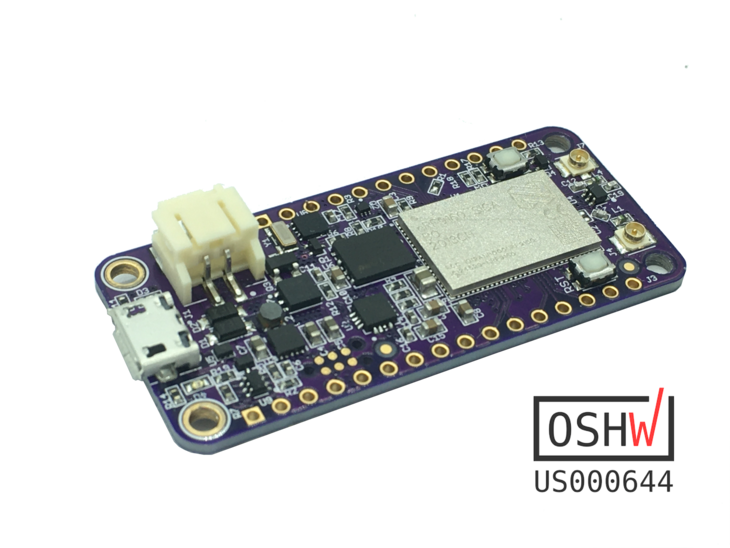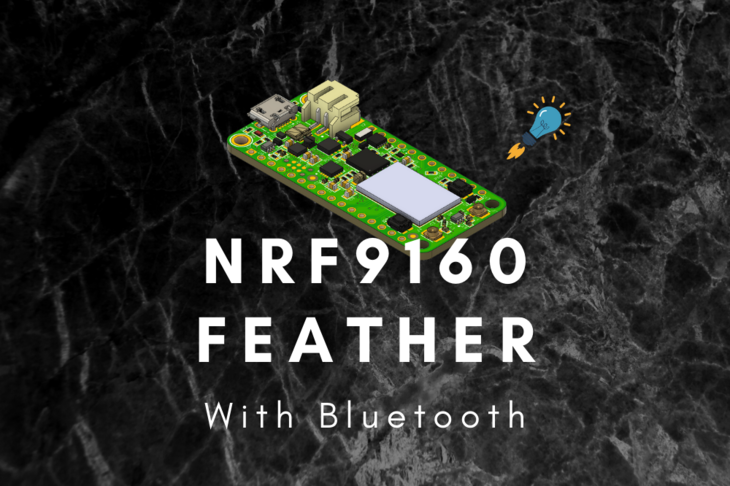
The engineering world can sometimes needlessly be sprinkled with acronyms that leave everyone else on the team asking:
“What the heck are they talking about?!"
Now you can find out in this blog post.
Without further ado, enjoy!
Engineering Stages
Creating products can be a messy business. There are lots of variables, processes and people that help get a product from concept to reality. There are several “stages” in the product development cycle. I have listed out some of the main steps/components of the process below.
MRD - Marketing Requirements Document: this is a document created by marketing to help determine the functionality and usability of a product from a customer perspective. This document than be transformed into a PRD (Product Requirements Document) by the engineering team.
PRD - Product Requirements Document: as stated above, a PRD often can be outcome of a well thought out MRD. In most cases, the PRD is developed in conjunction with marketing. If you’re developing a product and at most you do something make sure you write a PRD. More info here.
PRS - Product Requirement Specification: a product requirement specification is an extension of the PRD which includes acceptable parameters for different functionality. These specifications are much tighter compared to the PRD as to account for fluctuations in production, etc. (i.e. this document is commonly driven more by engineering with the PRD in mind)
Pre-EVT - Pre-Engineering Verification Test: Pre-EVT is generally the first full official build of a product. A Pre-EVT unit will be considered looks-like/feels-like but is lacking the full polish of a finished product. As this is a prototype build, engineers are usually still working out the last bit of major functionality in the design.
EVT - Engineering Validation Test: EVT is another iteration and is very similar in purpose to Pre-EVT.
DVT - Development Verification Test often gives the electrical engineers another “spin” to fix any major bugs. At this stage, the software and firmware are on their final march toward GM (Gold Master – see below.) DVT units are often very close to production quality.
PVT - Production Verification Test is the last step in the development process before mass production. The production line is tested to ensure that yields are acceptable and is a final sanity check for engineers before full blown mass production. (Number of units produced are often in the hundreds to a couple thousands)
MP - Mass Production is the final step in getting the product out the door. The product is validated and the assembly line is validated. This is where units get shipped to customers!
PRQ - Post Ramp Quality is the process of constantly checking product to ensure that the quality standards are up to snuff. This is often done by taking “samples” of product at different stages in the assembly pipeline to ensure everything is being assembled correctly and to keep vendors honest.
Other Acronyms/Phrases
EP1/2/3 - Another name for a development build is Engineering Pilot
EPM - Engineering Project Manager: EPMs help coordinate engineering effort to ensure things go smoothly from concept to launch. They play an integral role in ensuring a successful development, ramp and launch of a product.
EE - Electrical Engineer/Engineering: this is someone who develops circuits/PCBs that are put inside products.
PD - Product Design often refers to the mechanical engineers working on a product. They are responsible for all the aspects related to the development and fabrication of the physical components of a product.
DFM - Design for Manufacturability is the process, often done by mechanical engineers, to ensure that the product being designed can be assembled efficiently and without complex machinery (as much as possible.)
DFU - Device Firmware Update is a mode that you can place a product in so it will receive updates. This allows updates in the field allowing engineers to fix bugs without bringing complicated tools.
OTA - Over the Air Update refers to the ability of a device to be updated via Bluetooth, Wifi, or any wireless protocol for that matter. It is closely related to the idea of Device Firmware Update. Often devices that have DFU are able to be updated over the air.
RF - Radio Frequency waves are everywhere! In regards to a product, RF often refers to the radios that are often integrated. Radios include, but are not limited to, Bluetooth Low Energy, Wifi, Zigbee, GSM, etc.
BTLE or BLE - Bluetooth Low Energy is a 2.4Ghz radio protocol that is often used in battery capacity constrained products.
GM - Gold Master: This acronym often refers to the state of firmware or software that is being shipped to a customer. It commonly refers to the finished “bug-free” version of the software that will be shipped to a customer. This state is irregardless if the software is written as firmware, middleware, apps or web front-end/backend.
POR - Per Order Request/Plan of Record: POR is often used to indicate if a certain function or physical component of a product is close if not exactly what will be shipped to a customer. For example, if my circuit board has a switch on it, the switch will be POR if that switch will be implemented in the final design of the product which will ship to customers.
PCB - Printed Circuit Boards: these are the green boards that you can find in almost every type of electronics.
PCBA - A Printed Circuit Board Assembly is a printed circuit board populated with components. See the below picture for a comparison:
PLM - Product Lifecycle Management - this often refers to a piece of software that assists engineers and operations. Specifically they use a PLM system to control costs, organize bill of materials and track builds. One of my current favorites is Aligni
CAD - Computer Aided Design tools are used to do complex tasks and generate complex designs that otherwise would have taken weeks to months to validate and test. (See some examples below in Layout)
Layout - Layout is the process of creating the design files for a PCB. This involves using some type of CAD package like OrCAD, Allegro, PADS, Altium, Eagle and Upverter.
Routing - Routing often refers to the making of connections between components in a circuit.
MLB - The main logic board is the PCB that often houses the “brains” of a product. It is often the PCB with the most components on it.
Fab House - A fabrication house manufacturers printed circuit boards. They often take Gerber files or ODB++ files to help translate a “virtually” designed PCB to the real thing.
Assembly House - an Assembly House is where a PCB will get assembled. The assembly is often done by large and expensive pick and place machines and extensive ovens (for melting the solder between components and the PCB).
Footprint - a footprint is the shape of the bare copper required to connect to the pins of an IC or chip. An example footprint is seen below:
ICs - Integrated Circuits house complex circuitry that is implemented on the silicon wafer level. This enables engineers to design products that are extremely small but have a huge amount of functionality.
Note: ICs are also commonly known as chips.
SoC - System on a Chip is often several separate integrated circuits placed on on chip. A good example of an SoC is a microprocessor that has an embedded 2.4Ghz radio.
SMT - Surface Mount Technology refers to the types of components that can be attached to a PCB. Surface mount components do not require holes and, for the most part, reside on one side of a PCB. The picture of the assembled PCB above has only surface mount components.
RFQ - Request For Quotation is the formal process where companies will request a quotation of a specific part or assembly. RFQs are often used to determine how much a product will cost to be made at a factory.
CM - Contract Manufacturer is a separately owned factory that works with companies to make their products. Services can range from PCB assembly all the way to final assembly and pack.
ODM - Original Design Manufacturers are often paid to engineer a product from concept and deliver all the way to production. ODMs are also often contract manufacturers.
IQC - Internal Quality Control is the process of ensuring quality in a product is up to par with expectations. This can be done in the form of different stations on an assembly line or disassembling a fully packed product to ensure assembly procedures have been followed.
FATP - Final Assembly, Test and Pack is the process of assembling, often by hand, a product from different parts. This process is often done in a assembly line where at each station the operator has only one function (i.e. adding one piece, gluing one doo-dad to another, etc.)
ATP - Acceptance Test Plan is often the document that tests need to be run at a factory to ensure that the product shipped to customers will operate within specifications.
DOE - Design of Experiment is the document often used to describe how an experiment will be run. It includes all the necessary steps, parameters, etc. to ensure that said experiment produces valid and useful results.
GR&R - Gauge Reliability and Repeatability is the process in which to determine if a component of a system will product reliable results in all the expected operating conditions. For manufacturing engineering this process has an alternate definition: It’s a statistical tool for evaluating the repeatability and reproducibility (types of variation) of a measurement system. Thanks Yannick!
FCT - Refers to functional test. For large production volumes, this is often done when MLBs are still panelized. They are placed in a test jig and then tested all at once. It is often good practice to do as many tests as possible at the FCT level to reduce fallout later in the assembly process.
IQC - Incoming Quality Control is often referring to the process of qualifying materials that arrive to your factory.
OQC - Outgoing Quality Control is often referring to the process that occurs to check for functionality and quality before they’re shipped to your factory.
QC - Quality Control is the process done at the factory to ensure the product you’re assembling is free of defect. This often relates to the fixtures and test equipment.
QA - Quality Assurance is the process done before a product is set to ramp. Things like electrical validation and reliability are quality assurance procedures.
IPQC - In Process Quality Control this can often be a line worker checking for defects caused by the assembly process at a particular point on the assembly line.
New additions thanks to Andrew B!
ECP - Engineering Change Proposal
PWB - Printed Wiring Board (could wrap this into PCB and PCBA)
SRM - Safety Risk Management
EOL - End Of Life
More
Have an acronym that you think is missing? Shoot me a line or leave a comment. I’ll try to keep this post up to date and continue to add to it as I think of more.
Last Modified: 2020.3.7



